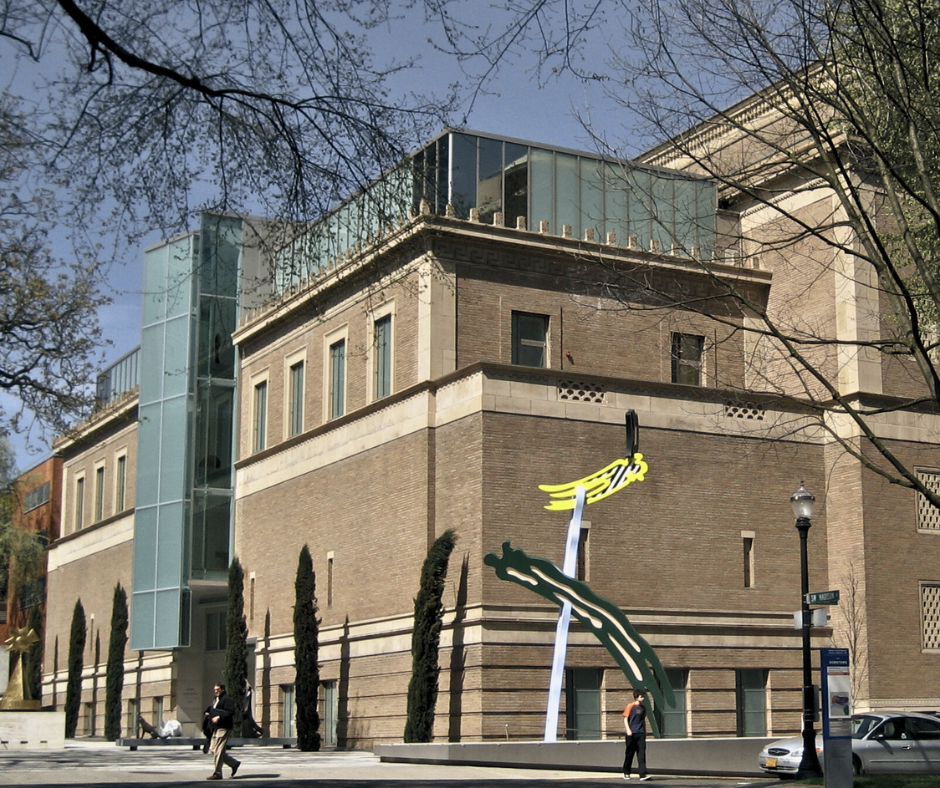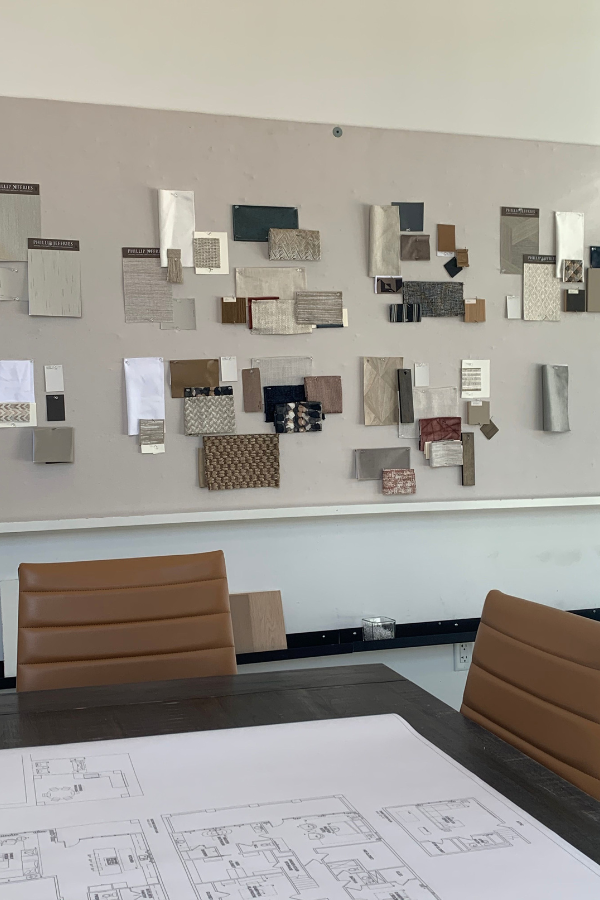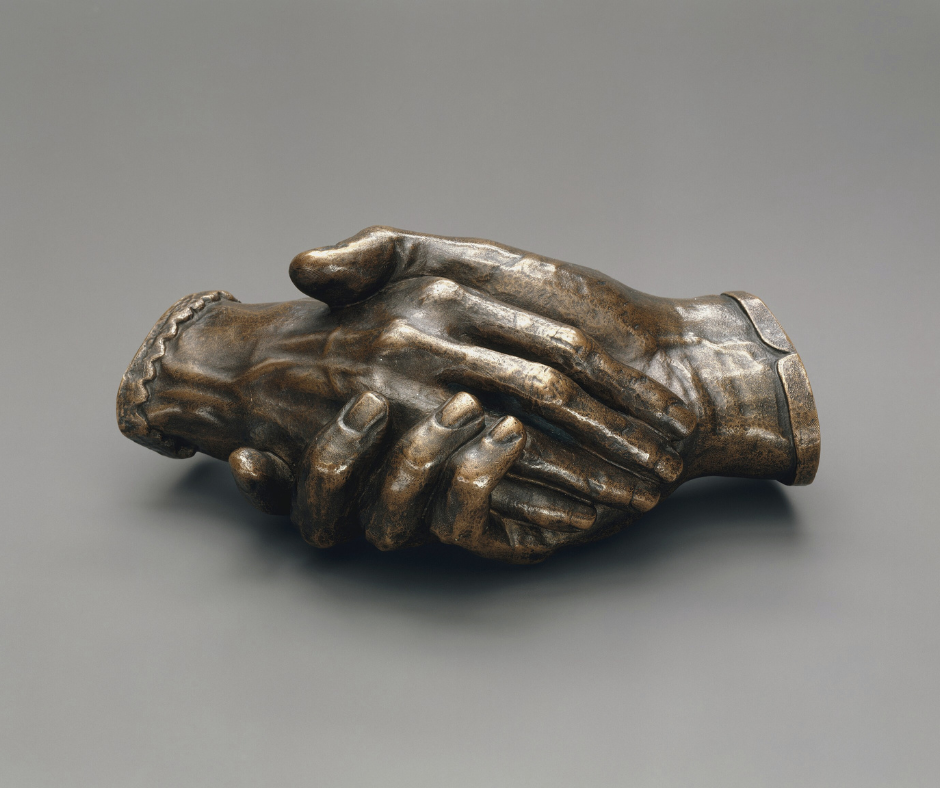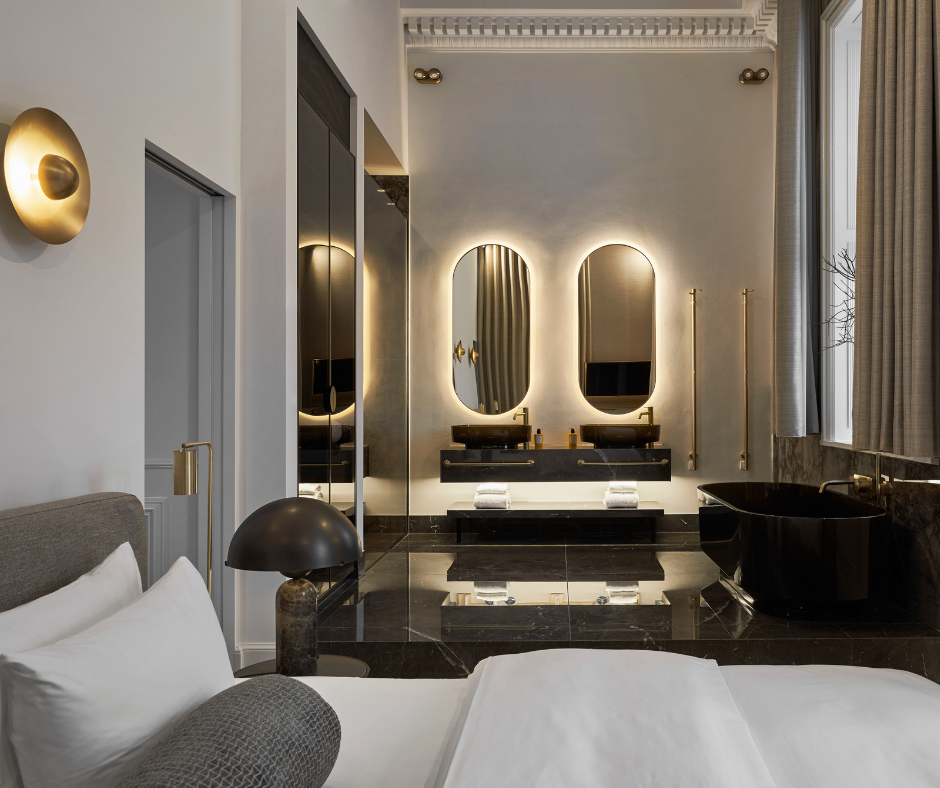
What Interior Designers Can Learn from Hospitality Trends in 2025
Summary
Hospitality design in 2025 is quieter, more intentional, and easier to live with. It’s shaping the way we think about residential interiors. This piece looks at six design principles that are working well in hospitality right now and considers how they might translate at home. Park Lane Copenhagen, designed by Camilla van den Tempel, offers a clear example of how that approach can feel both grounded and elevated.
Reflection Questions
Which materials in your projects are chosen for how they feel, not just how they look?
When was the last time you let a space adapt to more than one purpose—without adding more to it?
Do the spaces you design reflect where they are, or could they exist anywhere?
Journal Prompt
Think about a recent project. If you removed one “feature,” what would remain? What part of the space offers comfort without drawing attention to itself?
Hospitality design isn’t just for hotels anymore. The boundaries between hospitality and residential design keep getting softer. This year, more homes are borrowing ideas from hotels; not in style, but in approach. There’s a shift toward spaces that are easier to live in. Not louder. Just better thought through. Everything is layered to feel lived in, thoughtful, and human. What stays with a guest when they leave? That’s what we’re trying to capture here.
Camilla van den Tempel’s Park Lane Copenhagen captures this beautifully, which is why you’ll see photos of her stunning project featured throughout. The renovation blends moody finishes, custom furniture, and historic architecture to create a hotel that feels both grounded and transportive. As van den Tempel puts it, the goal wasn’t to spotlight any one element, but to leave guests with a lasting sense of calm and cohesion.
Six Things Residential Interior Designers Can Learn from 2025 Hospitality Trends
Materiality That Feels Human
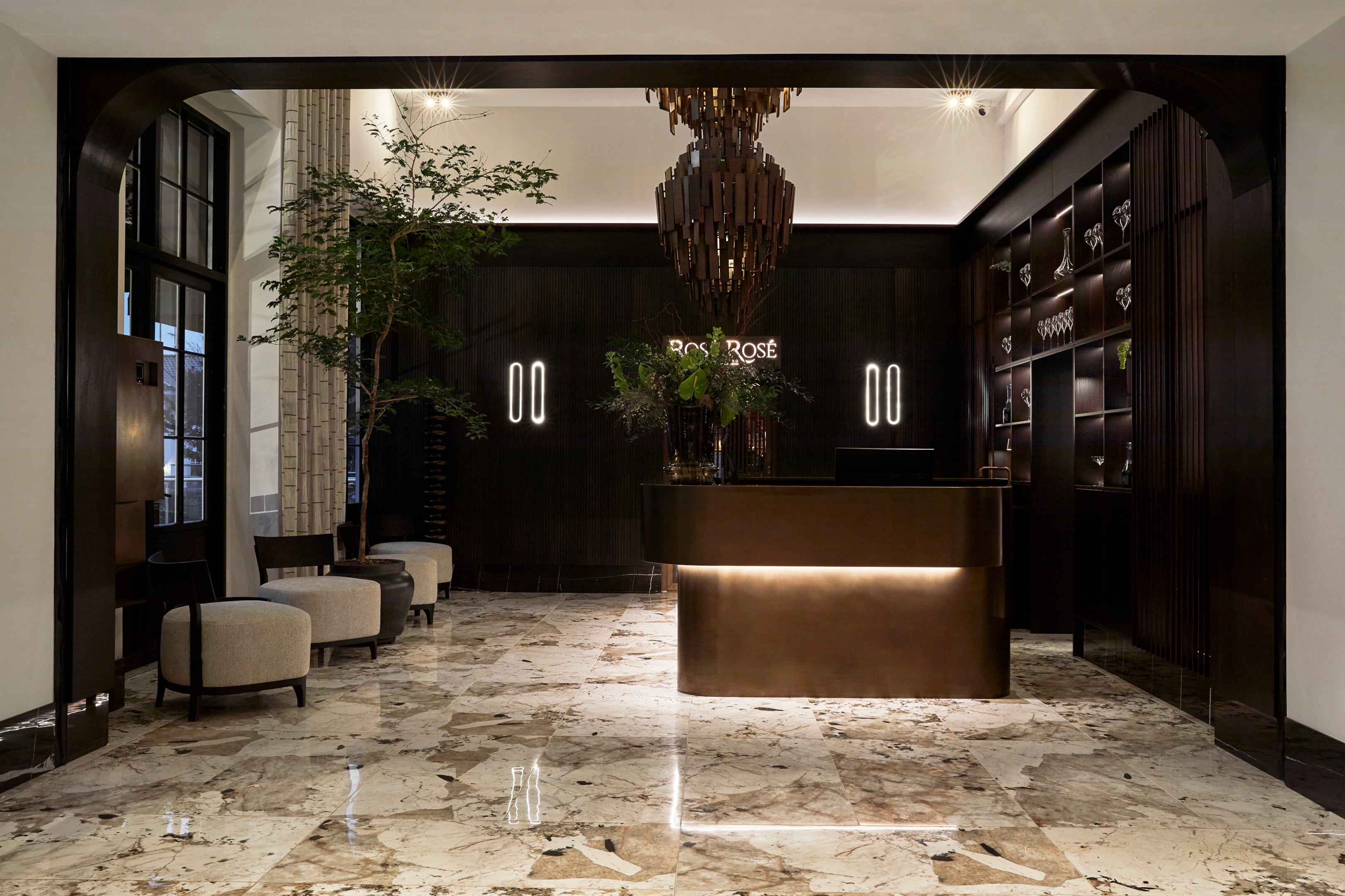
Hospitality interiors in 2025 are rich, layered, and grounded. Gone are the days of anonymous beige and endless repetition. We’re now seeing a departure from uniform surfaces and overly polished finishes. In their place are wood with visible grain and imperfect staining, pitted rather than polished stone, and weighty textiles that make the space feel cozy and warm.
Lauryn Pierce at Shaw Contract captured it well when she said, “In 2025, we’re seeing hospitality designers embracing warm, rich hues and tactile layers that feel both inviting and immersive.” For residential designers, this might mean working more intuitively. What’s the first surface a client touches in the morning? Where does natural light land as the day moves? When those details guide material selection, rooms feel less styled and more lived in.
In Park Lane Copenhagen, “Fabrics add texture and are crucial as they contribute to an exclusive look and feel while making the furniture inviting.”
Designing with a Natural (Not Forced) Sense of Place
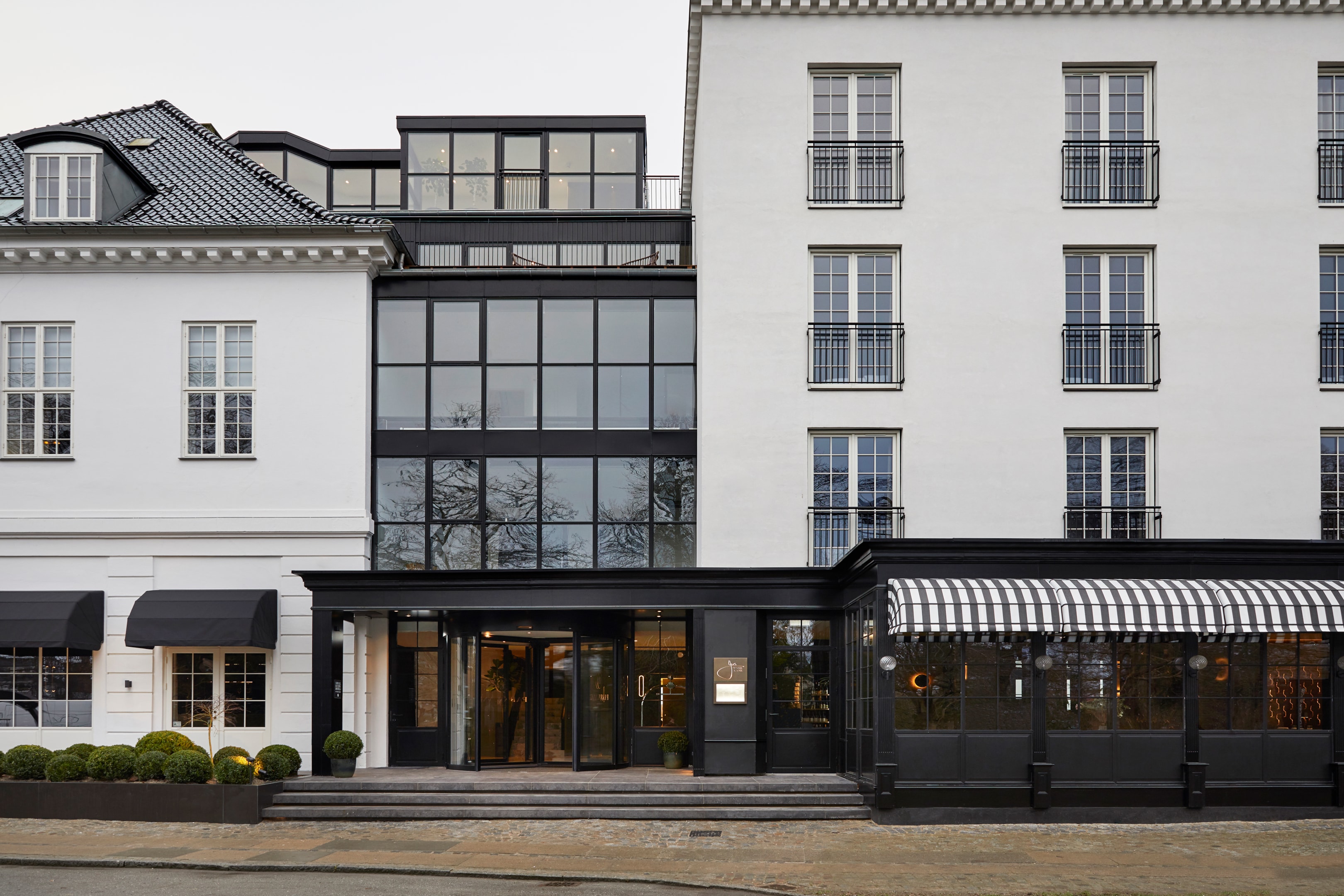
The most compelling hospitality spaces this year aren’t relying on regional clichés or decorative nods to location. Instead, they’re using material, craft, and history to create interiors that feel specific to where they are and impossible to transplant.
That might mean a dining table made from local oak that was felled during a storm. It could be ceramic lighting from a nearby studio or brick reclaimed from the site itself before that hotel was built. These elements are the story; they’re not just telling someone else’s story.
“What makes Park Lane Copenhagen truly special is the blend between local heritage and international appeal.”
— Camilla van den Tempel, &TEMPEL
In its 2025 trend report, WATG emphasized the importance of reinforcing emotional connection through design. Guests may not recognize where that feeling comes from, but they do indeed remember it.
Residential designers might think less about sourcing specifics and more about fit. Not everything needs to be custom or local, but everything should have a reason to be in the room. Does the piece make sense here, in this home, in this part of the world? If so, let it speak through placement, not signage. We shouldn’t need a label, a bumper sticker, or a road sign to know where we are.
At Park Lane, the design never leaned on obvious Danish tropes. Instead, van den Tempel combined Scandinavian craftsmanship with materials that spoke to the building’s original architecture—like smoked oak, hand-patinated brass, and chandeliers made with a local carpenter. In Park Lane Copenhagen, “The chandelier was… crafted in collaboration with a local carpenter… using shades of smoked oak and brass patinas.”
Wellness That’s Built In, Not Added On
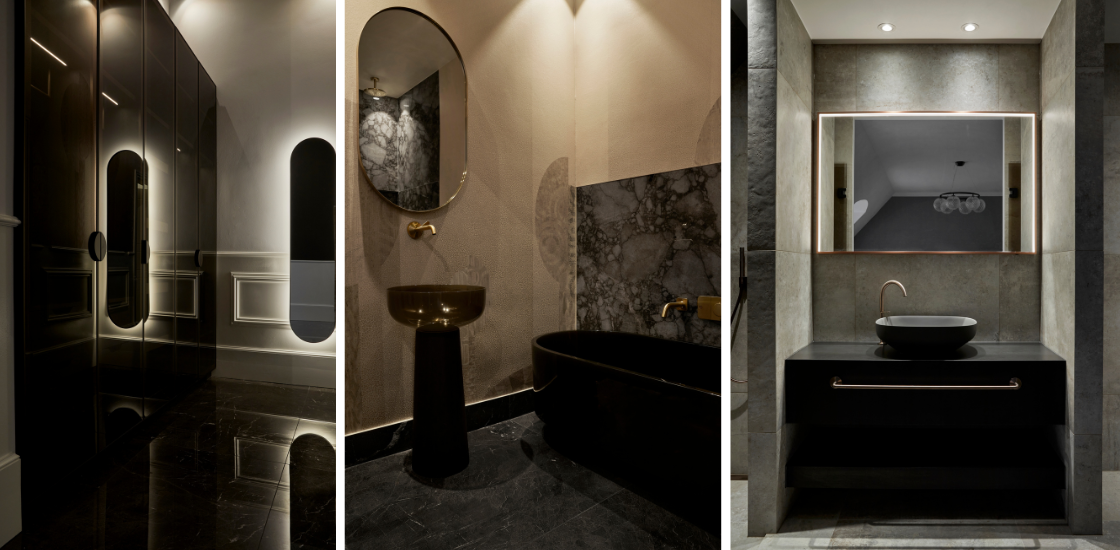
Wellness in hospitality used to mean access to a spa downstairs or a yoga mat in the closet. In 2025, wellness is a lot more foundational; it’s woven into how spaces are planned, how materials are selected, and how light and air move.
This shift has made designers more subtle in their approach. Circadian lighting is common now, but it’s rarely called out as a “feature”. Air filtration is handled in a way that doesn’t compete with finishes. Layouts are more generous and natural; they’re designed to lower stress without drawing attention to how they’re doing that.
Fuel your creative fire & be a part of a supportive community that values how you love to live.
subscribe to our newsletter
*please check your Spam folder for the latest DesignDash Magazine issue immediately after subscription
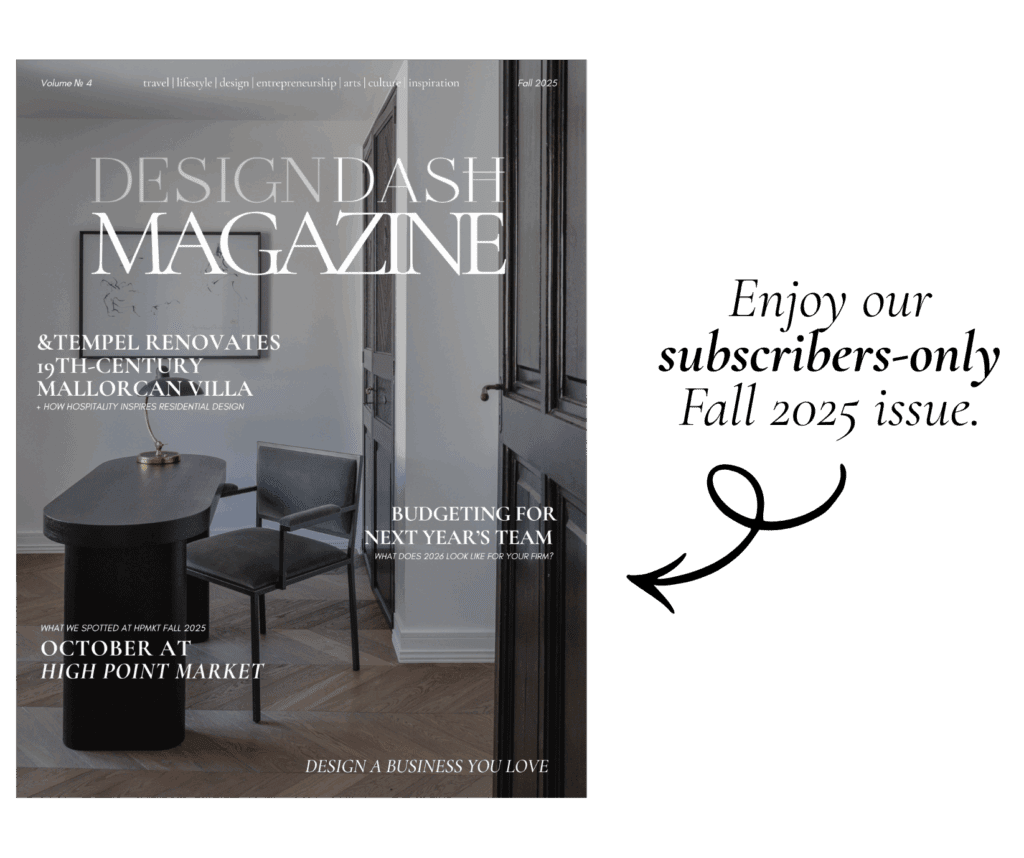
For residential spaces, this can be incredibly simple. Start with sunlight: where it enters, where it lands, what it touches first, etc. Let those paths guide material selection and placement. Pay attention to what your client interacts with daily: door hardware, drawer pulls, flooring under bare feet. Wellness doesn’t always look like a “wellness feature.” Sometimes it’s just the absence of friction.
As for Park Lane Copenhagen, Camilla hopes “the sense of tranquility, calmness, and well-being will stay with them… something intangible.”
Tucked Away Technology
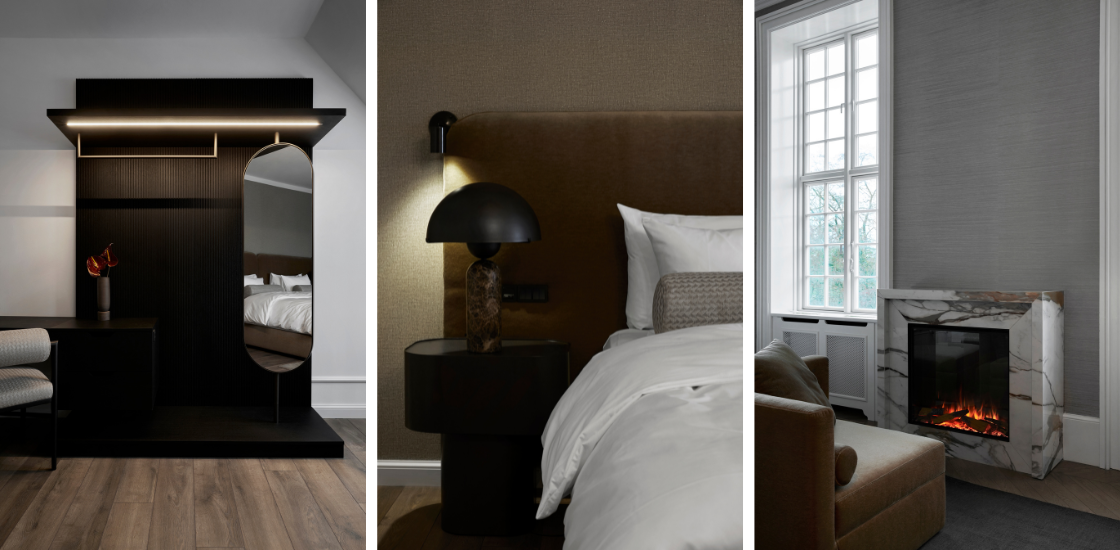
In many of this year’s hospitality projects, technology has moved out of sight. It’s still there, but it doesn’t announce itself the way it used to.
Lighting adjusts gradually. Shades lower on their own. Climate control happens in the background. You don’t need a wall of switches to manage the experience. And you’re not constantly reminded of the system that’s running things.
You never want a guest to notice the tech before the space itself. At home, the approach is much the same. Don’t lead with gadgets. Start with what the room needs to do and when. The here goal isn’t to present a high-tech moment. It’s to respond to the client’s needs in a way that doesn’t disrupt them.
Longevity Over Perfection
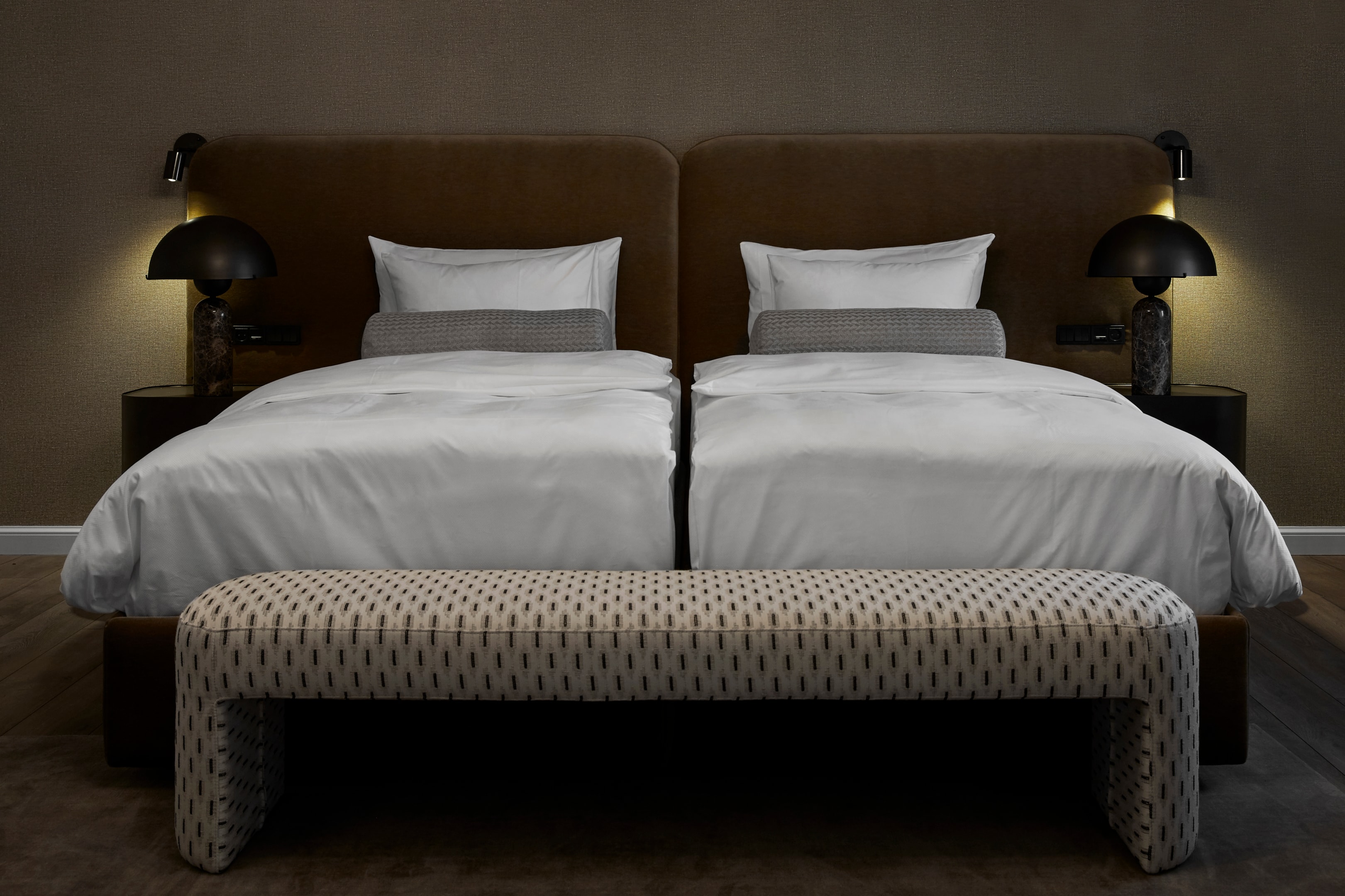
Though it might seem counterintuitive, hospitality designers are now letting materials show their age. Finishes aren’t flawless. Floors are allowed to wear in. Leather softens. Edges dull slightly over time. That’s the point.
The focus isn’t on keeping everything spotless. It’s on using materials that can take the hit and still hold up. Pieces are meant to be touched, used, and moved around—not to be preserved like a showroom.
Design Your Dream Firm in Just 5 Days
JOIN THE CHAOS TO CLARITY CHALLENGE!

For residential designers, this means prioritizing feel and durability over finish. Choose pieces that don’t need constant polishing. Pick upholstery that guests can relax on instead of stiffening at the thought of spilling or wrinkling the fabric. Let the room look better in year five than it did in year one.
“Designs may be beautiful, but if they are not functional or do not last, they are not suited for hospitality.”
— Camilla van den Tempel
At Park Lane, durability was a priority from the beginning. Van den Tempel notes that beautiful furniture isn’t enough; it needs to hold up to daily use. That’s why she custom-designed the majority of the hotel’s pieces, balancing comfort, form, and longevity.
Rooms That Adapt Without Over-Explaining Themselves
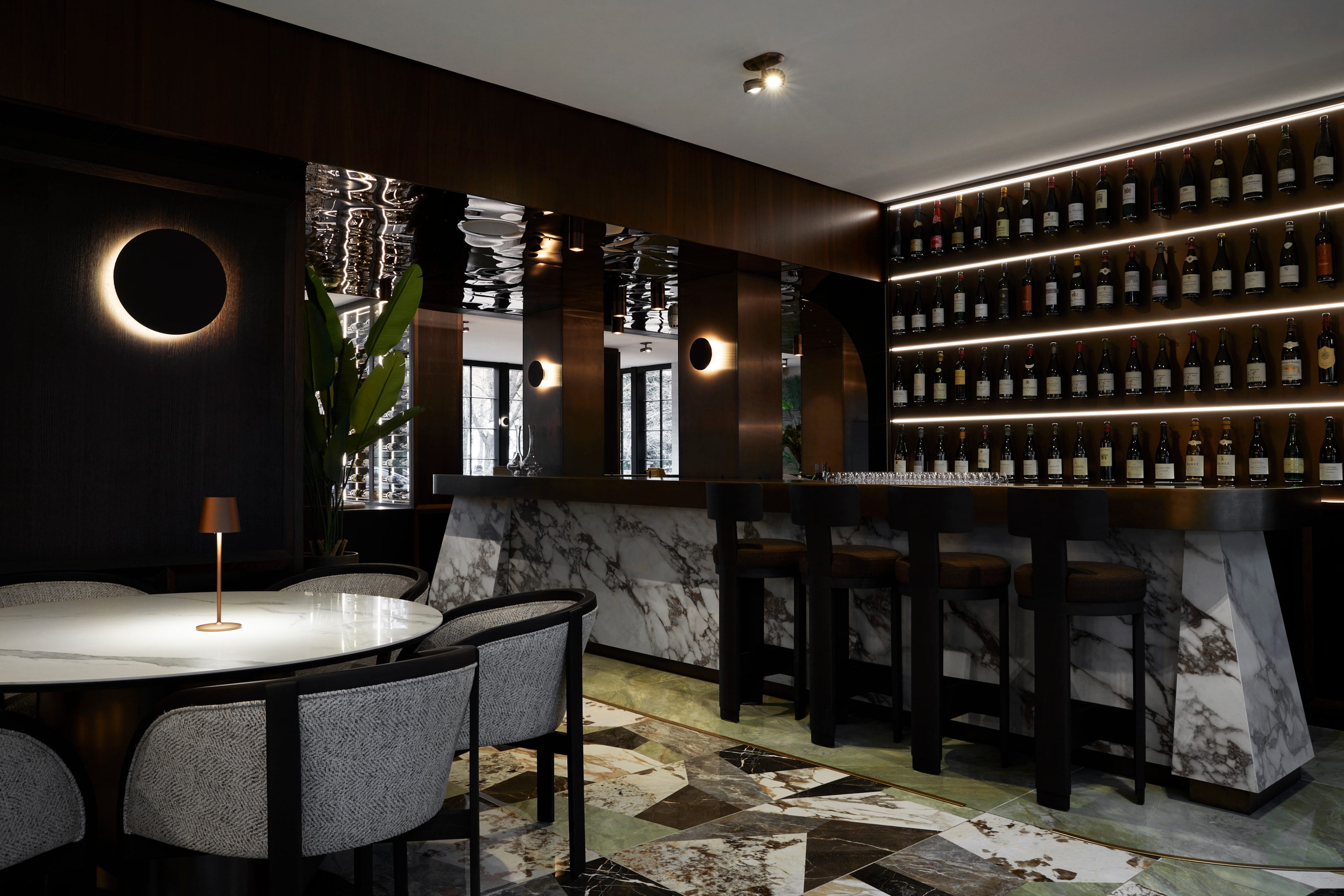
More hospitality designers are planning spaces that don’t do just one thing and don’t need to. This is (surprisingly) especially common in historic, recently remodeled hotels. A lobby might hold morning coffee service, intimate afternoon meetings, and evening cocktails without shifting a single wall. This isn’t open concept for the sake of it. These spaces are subtly adaptable.
At home, the same thinking applies. A living room might need to hold conversation, kids’ toys, quiet evenings, and overnight guests—all in a single week. Designing for flexibility doesn’t mean cramming in more. It means leaving space for change. Thoughtfully.
Final Thoughts About 2025 Hospitality Design
What hospitality design gets right in 2025 is awareness. The best spaces aren’t louder or flashier. They’re simply more considered. There’s something valuable (and transferrable) in that restraint. Whether it’s material choice, layout, or function, every detail supports daily life without getting in the way while still infusing that little bit of magic we all expect from great design. These spaces look great, feel right, and actually last.
Written by the DesignDash Editorial Team
Our contributors include experienced designers, firm owners, design writers, and other industry professionals. If you’re interested in submitting your work or collaborating, please reach out to our Editor-in-Chief at editor@designdash.com.






